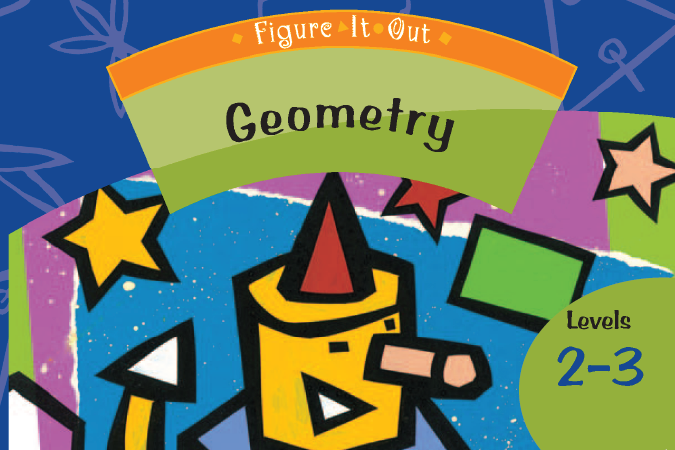Wrap it up
This is a level 2 geometry activity from the Figure It Out series. A PDF of the student activity is included.

About this resource
Figure It Out is a series of 80 books published between 1999 and 2009 to support teaching and learning in New Zealand classrooms.
This resource provides the teachers’ notes and answers for one activity from the Figure It Out series. A printable PDF of the student activity can be downloaded from the materials that come with this resource.
Specific learning outcomes:
- Make a pattern by translating or rotating a shape.
Wrap it up
Achievement objectives
GM2-7: Predict and communicate the results of translations, reflections, and rotations on plane shapes.
Required materials
- Figure It Out, Levels 2–3, Geometry, "Wrap it up", page 16
- paper
- scissors
- cardboard
- strong glue
- ink and rollers or acrylic paint and brushes
See Materials that come with this resource to download:
- Wrap it up activity (.pdf)
Activity
This activity gets students to apply translational and rotational symmetry to create freeze-type patterns. The method suggested uses a printing block.
The patterns created by translation need to preserve the orientation of the figure. For example:

By contrast, the patterns created by rotation involve a change in orientation. For example:

Students may find that they can apply translation and rotation in combination. For example:

Another way of making patterns by reflection is to cut a tracing block from a square of card. Note that it is wise to mark the original corners of the square before cutting to help keep track of the original shape. For example:

The pattern can be duplicated across the whole page by repeated reflection.

Teacher to check.
The quality of the images on this page may vary depending on the device you are using.


